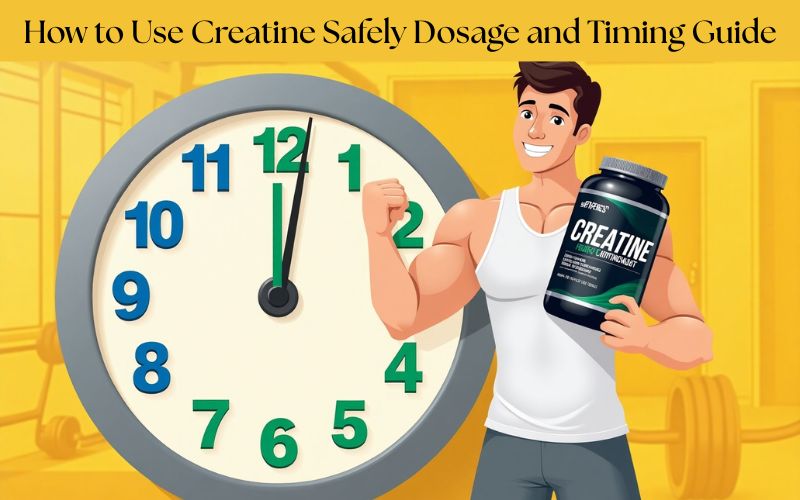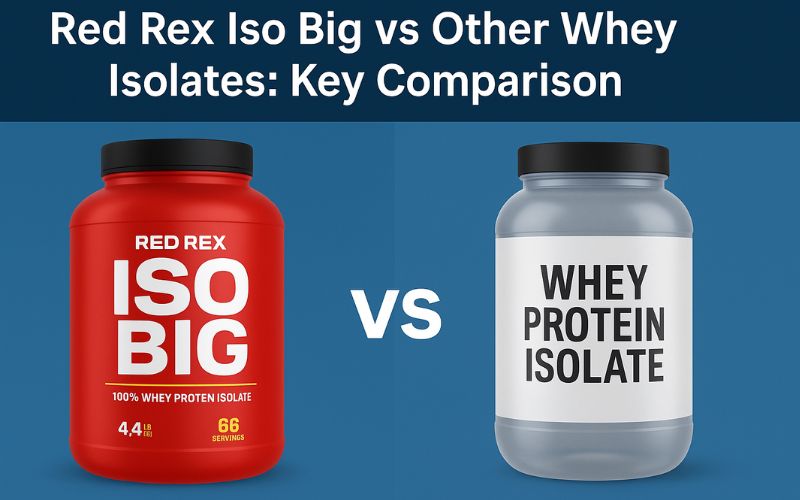How to Use Creatine Safely: Dosage and Timing Guide
Creatine is one of the most researched and trusted sports supplements in the world. Whether you’re aiming to gain muscle, boost strength, or improve high-intensity performance, creatine can be a game-changer. However, its effectiveness and safety depend largely on how you use it – especially when it comes to dosage and timing.
This guide breaks down the science-backed strategies to take creatine safely, avoid side effects, and maximize its results, whether you’re a beginner or a seasoned athlete.
What Is Creatine and How Does It Work in Your Body?
Creatine is a natural compound found in muscle cells and also obtained through foods like red meat and fish. It plays a critical role in regenerating ATP (adenosine triphosphate) – your body’s primary energy source for short, explosive movements.
ATP Production and Cellular Energy
During intense activities like lifting or sprinting, your muscles rely on ATP for quick energy. Creatine helps recycle ATP faster, allowing you to train harder and longer before fatigue kicks in.
Creatine’s Role in Performance Enhancement
By increasing the phosphocreatine stores in your muscles, creatine supplementation can lead to:
- Improved muscle strength and power
- Enhanced muscle mass over time
- Quicker recovery between sets
- Increased training volume (more reps and sets)
Is Creatine Safe to Use? What Experts and Research Say
Creatine is one of the most extensively studied supplements, with decades of clinical trials backing its safety when used properly.
Scientific Consensus on Creatine Safety
Multiple studies confirm that long-term creatine use at recommended doses (3–5g daily) is safe for healthy individuals, with no evidence of liver or kidney damage in people without pre-existing conditions.
Who Should Avoid Creatine?
Despite its general safety, certain individuals should consult a doctor before supplementing, such as:
- People with kidney disease
- Those on diuretics or medications affecting kidney function
- Pregnant or breastfeeding women
- Teens under 18 without medical supervision
Creatine Dosage Explained: Loading vs. Maintenance
There are two primary strategies to start creatine supplementation — the loading phase and the low-dose method.
What Is the Creatine Loading Phase?
The loading phase involves taking a high dose (typically 20g per day, split into 4 servings) for 5–7 days, followed by a maintenance dose of 3–5g per day. This rapidly saturates your muscle stores and leads to quicker visible results.
Do You Really Need a Loading Phase?
No — it’s optional. A slower approach involves taking 3–5g daily from the start, which reaches the same saturation level in about 3–4 weeks without the initial water retention or bloating.
Standard Daily Maintenance Dosage
- 3–5g daily is the gold standard for most adults
- Those with more muscle mass may require slightly more (up to 10g split in two servings)
Alternatives to the Loading Method
If you’re sensitive to bloating or prefer a gentler approach, skip the loading phase and stick to a steady maintenance dose from day one. The long-term results are virtually identical.









Add comment